Germany
Weimar Germany overview - OCR A
Depression brought instability to the Weimar Republic from 1929, which led to Nazi dictatorship. War then brought disaster for the German people: invasion, defeat, occupation and ultimately partition.
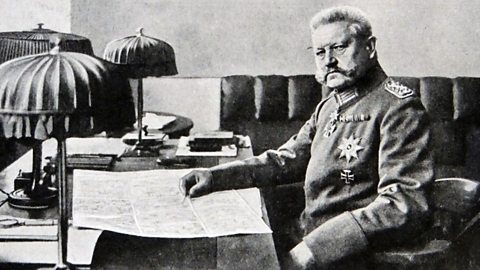
Weimar Germany, 1924-1929 - OCR A
Germanyâs post World War One experience was turbulent, but by 1925 Weimar had achieved temporary stability. However, weaknesses in its constitution meant it was always vulnerable to a new crisis.
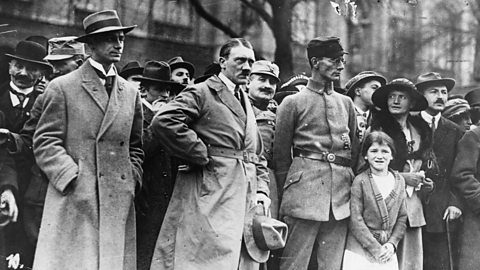
The Nazi Party, 1919-1929 - OCR A
Hitler joined the Nazi Party in 1919 and was influential in defining its beliefs. He also led the Munich Putsch in 1923. However, from 1924 to 1929 the unpopular party gained little electoral success.

Hitler into power, 1929-1934 - OCR A
Hitler was appointed Chancellor in January 1933. His rise to power was the result of many factors: the impact of the Depression, the weaknesses of Weimar democracy and the strengths of the Nazi party.
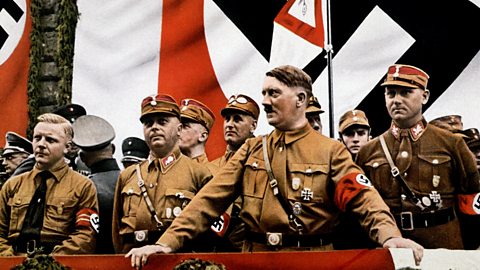
Life in Nazi Germany 1933-1939 - OCR A
Nazi Germany was a totalitarian state, meaning all aspects of Germansâ lives were controlled by the government. It was also one in which those deemed âenemies of the stateâ were ruthlessly persecuted.
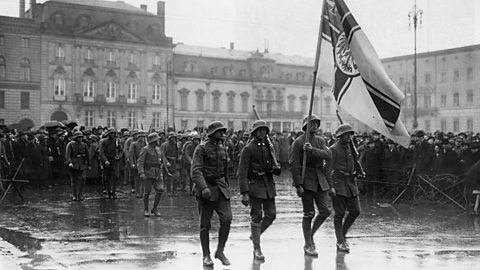
World War Two and Germany, 1939-1945 - OCR A
War greatly affected Germans, who had to cope with rationing and bombing, leading to opposition to the war. Persecution of Jews ended in the Final Solution, before Germany was defeated and divided.
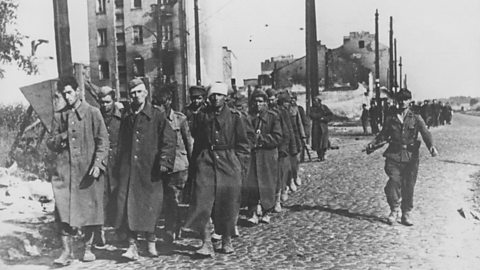
Weimar Germany - exam preparation - OCR A
In your History GCSE, it is important that you not only have good subject knowledge, but have the skills to apply this knowledge to exam questions.
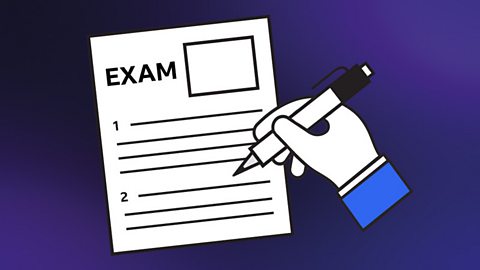
Links
- External linkExternal link
- External linkExternal link
- External linkExternal link
- SubscriptionSubscription
- External linkExternal link